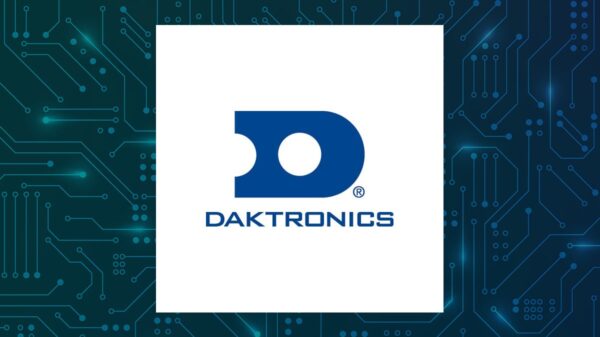A significant cybersecurity vulnerability has been identified in nearly 200,000 laptops manufactured by Framework, a company recognized for its modular and repairable designs. This flaw, linked to the Unified Extensible Firmware Interface (UEFI), allows malicious actors to bypass Secure Boot, a crucial security feature that ensures only verified software is loaded during system startup. This issue arises from signed UEFI shell components included with the Linux-based systems, posing a risk of persistent bootkits—malicious software that embeds itself in the boot sequence, making detection and removal exceptionally challenging.
Understanding the Vulnerability
Secure Boot functions by verifying the digital signatures of bootloaders and operating system kernels prior to execution. The vulnerability in Framework’s laptops relates to a signed UEFI shell command referred to as “mm.” Attackers could exploit this command to manipulate memory and circumvent Secure Boot checks. This pattern of vulnerabilities within the UEFI ecosystem is not novel. Research from cybersecurity firms, including Binarly, has revealed related issues, such as CVE-2025-3052, which allows unsigned code to run before the operating system loads. These vulnerabilities create significant security gaps, undermining the integrity that Secure Boot aims to uphold and potentially enabling bootkits to take hold.
Impact on Framework Users and the Industry
Framework has acknowledged the flaw and is actively working on patches for affected models. Nevertheless, the potential exposure is considerable, especially among its popular modular laptops that attract tech enthusiasts and professionals who prioritize customization and Linux compatibility. The presence of bootkits like BlackLotus or the emerging HybridPetya is particularly concerning, as they can persist through reboots and elude traditional antivirus solutions. Reports from BleepingComputer indicate that while Framework is implementing fixes, including updates to the DBX (revocation database), not all models will receive immediate updates, leaving some users vulnerable.
The historical context of this incident highlights ongoing challenges in firmware security. Noteworthy examples include vulnerabilities documented by Eclypsium, such as “Hydrophobia,” which enables firmware-level malware to bypass Secure Boot and operate beneath the operating system layer. The widespread use of vulnerable firmware like Insyde H2O further exacerbates risks across technology supply chains. Industry experts point out that the modular architecture of Framework’s devices, while innovative, complicates the maintenance of consistent security standards.
As Linux distributions are often pre-installed on these laptops, they must incorporate the necessary patches to address the vulnerabilities. Discussions on platforms like Slashdot emphasize the urgency of these updates to mitigate potential threats.
To counteract this vulnerability, Framework advises users to promptly update their firmware and enable any available DBX updates to revoke vulnerable components. Cybersecurity experts recommend supplementing Secure Boot with additional security measures, such as Trusted Platform Module (TPM) integration and regular system audits. Looking ahead, there is a pressing need for manufacturers like Framework to enhance their design and certification processes for UEFI components.
This incident serves as a stark reminder that securing the boot process remains a fundamental yet fragile aspect of device security. As cyber threats evolve, vigilance from both vendors and users is essential to fortify defenses against emerging risks.





































































